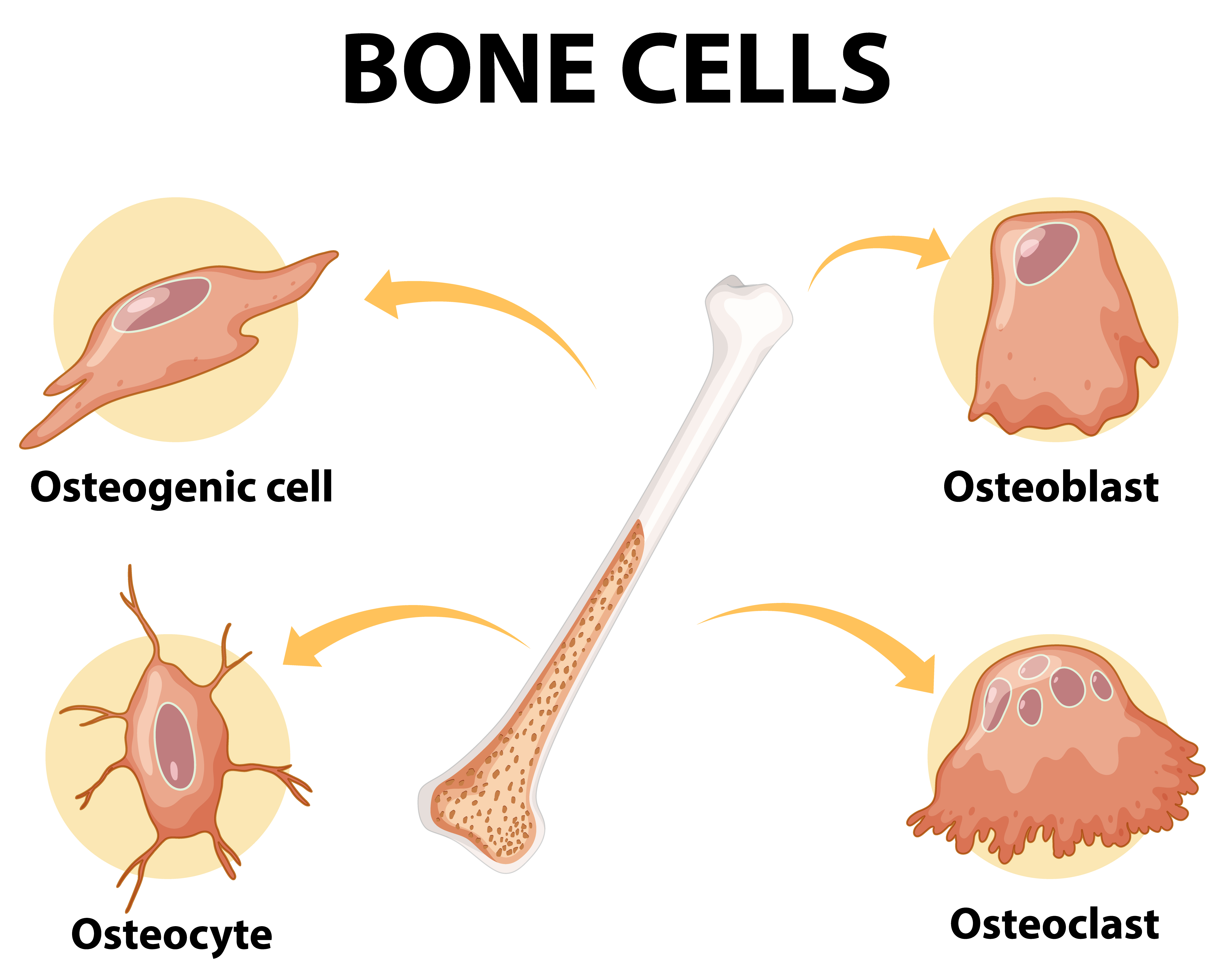
The Role of Hormones in Types of Osteomyelitis: Acute vs. Chronic
Introduction: Osteomyelitis, a bone infection, comes in two main forms: acute and chronic. But did you know hormones can affect how these types develop? Let’s explore the differences and understand the role of hormones in each.
Understanding Acute Osteomyelitis: Acute osteomyelitis is a sudden and severe bone infection. It often starts with an injury or surgery that allows bacteria to enter the bone. Symptoms can include pain, swelling, fever, and redness around the affected area. Acute osteomyelitis requires prompt treatment to prevent it from spreading.
How Hormones Influence Acute Osteomyelitis: Hormonal imbalances can weaken the immune system, making it easier for bacteria to invade the bone and cause acute osteomyelitis. Changes in hormone levels, such as those seen during pregnancy or menopause, may increase the risk of developing this type of infection.
Understanding Chronic Osteomyelitis: Chronic osteomyelitis is a long-lasting bone infection that can develop over time. It often occurs when acute osteomyelitis isn’t properly treated or when bacteria persist despite treatment. Symptoms may come and go, and the infection can be challenging to eradicate completely.
How Hormones Influence Chronic Osteomyelitis:
Chronic osteomyelitis is a persistent bone infection characterized by long-term inflammation and recurrent symptoms. Hormones play a significant role in influencing the development and progression of chronic osteomyelitis.
- Immune Response: Hormonal imbalances can weaken the immune system, making individuals more susceptible to chronic infections like osteomyelitis. Hormones such as cortisol, which is released during times of stress, can suppress the immune response, allowing bacterial pathogens to persist and cause chronic inflammation in the bone.
- Inflammatory Processes: Hormonal fluctuations can also impact inflammatory processes within the body. Chronic osteomyelitis involves ongoing inflammation in the affected bone, which can lead to tissue damage and impaired healing. Hormones such as estrogen and testosterone can modulate inflammatory pathways, influencing the severity and duration of inflammation in chronic osteomyelitis.
- Tissue Repair and Regeneration: Hormones play a crucial role in tissue repair and regeneration processes. Chronic osteomyelitis can result in bone necrosis and the formation of non-healing wounds, known as sequestra. Hormonal imbalances can interfere with the body’s ability to repair damaged bone tissue, prolonging the course of the infection and increasing the risk of complications.
- Underlying Health Conditions: Certain hormonal disorders, such as diabetes mellitus and thyroid dysfunction, can predispose individuals to chronic osteomyelitis. These conditions can disrupt hormone levels and impair immune function, making it difficult for the body to effectively combat bacterial infections in the bone.
Overall, hormonal imbalances can exacerbate the development and persistence of chronic osteomyelitis by impairing immune function, exacerbating inflammation, and hindering tissue repair processes. Managing underlying hormonal disorders and optimizing immune function are essential aspects of treating and preventing chronic osteomyelitis.
Conclusion: Understanding the differences between acute and chronic osteomyelitis is crucial for proper diagnosis and treatment. By recognizing the role of hormones in these types of infections, healthcare providers can develop targeted approaches to manage and prevent osteomyelitis effectively.
To seek medical advice, always consult a Doctor. Here are our recommended experts. Click Here
To read more on Osteomyelitits. Click Here


